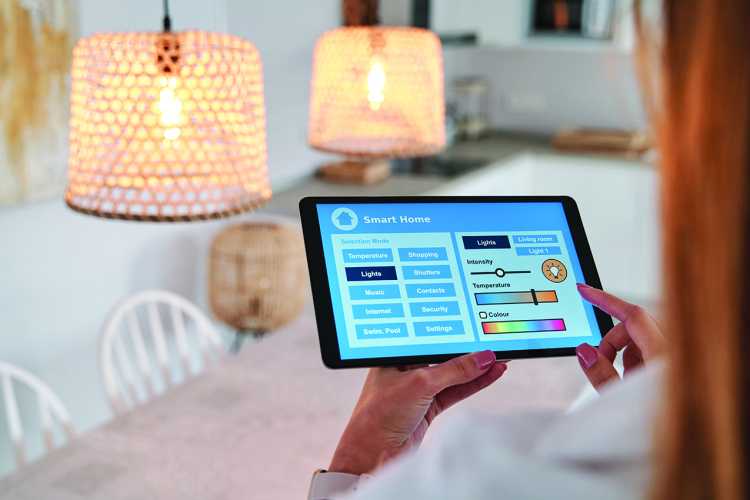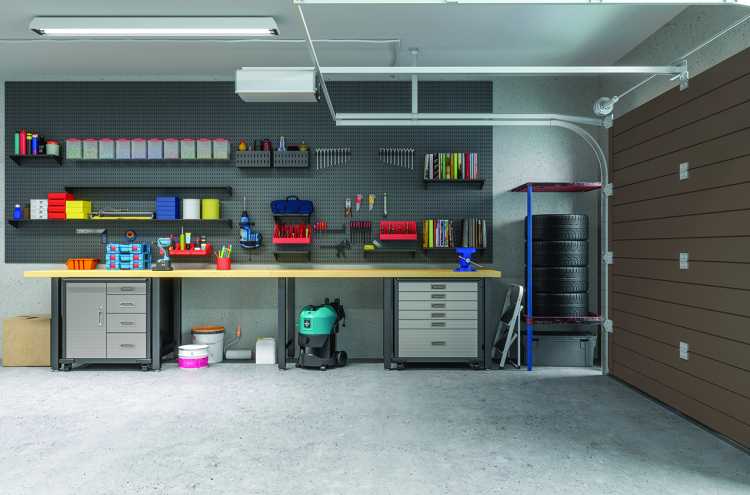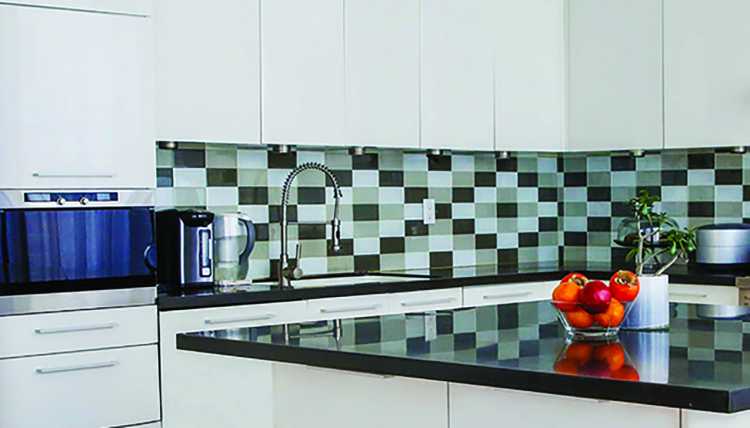Expecting parents process a barrage of information as they prepare for the day their child is born. No matter how many details they gather from doctors, their own research and individuals who have blazed parenting paths before them, there are still plenty of things to learn on the job. One of the surprises new parents often face is how much trouble their youngsters can get into both inside and outside a home — particularly as they become mobile. Early lessons pertain to feeding and sleeping schedules, but it is important for parents to be mindful of all of the safety concerns they could face.
Bathing: Water is necessary to keep children clean and healthy, but also poses a significant danger. The Centers for Disease Control and Prevention indicates more children ages one to four die from drowning than from any other cause. Various precautions should be taken when bathing children. First and foremost, a child should never be left unattended in the bath or around water even for a second. Just a few inches of water can cause drowning. In addition, parents should exercise caution to check the temperature of the bath water to ensure that the child will not be scalded. There are special thermometers that can be used in the bath to indicate if the water has reached a safe temperature.
Nursery: It can be tempting to accept used baby items from other people in an effort to save money. However, these pieces from well-meaning friends and family may no longer meet current safety guidelines, particularly if they’re from an older generation. The Consumer Product Safety Commission advises that there should be no more than a 2 3/8-inch gap between crib slats (about the width of a soda can). The crib should be placed away from hazards like drapes or window covering cords. The crib should only have a firm mattress with a well-fitted sheet. Pillows, bumper pads, comforters and the like can be hazardous in a crib. Current safety guidelines recommend that children should be placed on their backs to sleep. After children are able to roll from back to stomach on their own, they may choose their own sleeping positions, as the risk for Sudden Infant Death Syndrome is reduced at this point.
Around the House: Bathrooms, stairs, kitchens and sharp furniture are all places where curious children can become injured. There are scores of safety products that can limit access to danger. Cushioned pads can be put on furniture edges. Heavy furniture, such as televisions and dressers, can be bolted to the wall to avoid tip-over accidents. Parents should use gates to block access to staircases or other off-limits spaces. Special door handle products can make it challenging for little fingers to get into rooms. Cabinet and toilet seat locks also can restrict access.
Feeding: While parents may want to dive right into offering solid foods, choking is an inherent danger. Most pediatricians urge avoiding foods that can block airways until a child reaches age four. Such foods include hot dogs, popcorn, whole grapes and nuts. Safe finger foods include soft items that are easily swallowed and O-shaped cereals. Children have a tendency to put everything in their mouths, so small toys, parts and batteries can be risky. Parents need to keep watchful eyes on their children and keep safety precautions in mind as their children grow up.
For more home improvement articles, click here.
Email tvecsey@danspapers.com with comments, questions, or tips. Follow Behind The Hedges on Twitter, Instagram and Facebook.























